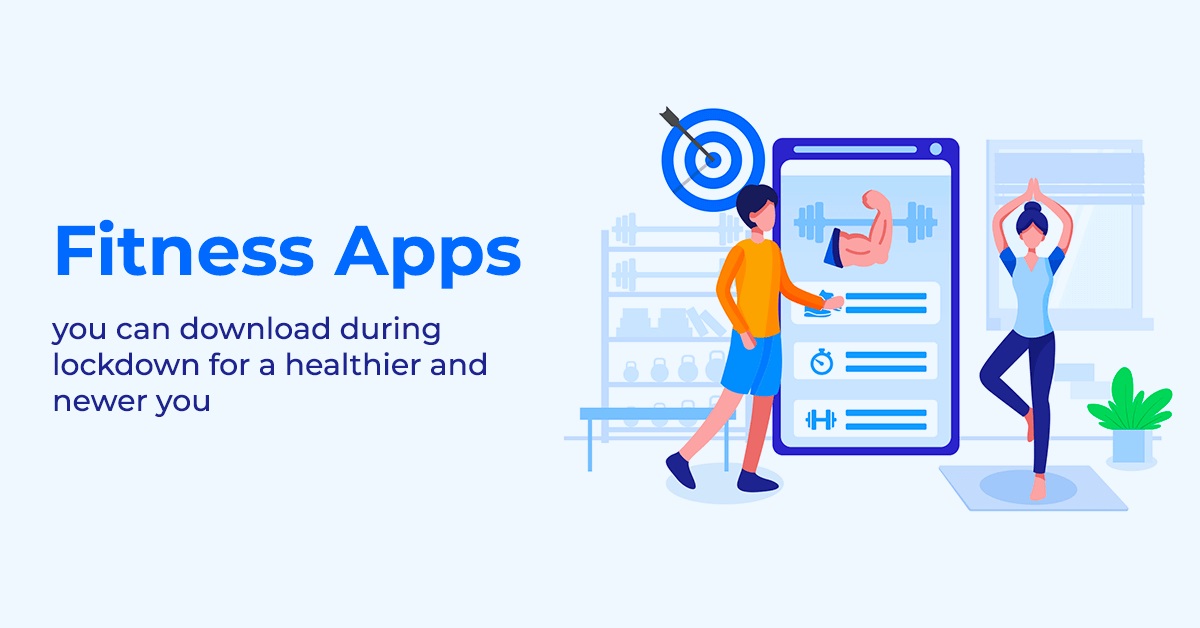Mobile Applications: Types, Advantages And Disadvantages

Companies as a means of communication and digital dissemination have, not only mobile websites, but also App (mobile applications).
The application development designed to run on a specific mobile device and require download and installation. We can define the App as a software application that is installed on mobile devices or tablets to help the user in a specific task, be it professional or leisure and entertainment. The objective of an app is to make it easier for us to achieve a certain task or to assist us in day-to-day operations and management.
During the last few years, there has been a boom in mobile apps all over the world. Although there is enormous potential in the mobile applications market, it is important to bear in mind that the scenario envisioned for the future is very competitive. According to the Gartner consultancy, it was expected that by 2017 94% of the applications would be free and only 0.01% would have been profitable.
Types of Apps
We can differentiate the following types of apps:
Native App: A native application is one that is developed specifically for a certain operating system, called the Software Development Kit or SDK. Each of the platforms, Android, iOS or Windows Phone, have a different system, so if you want your app to be available on all platforms, you will have to create several apps with the language of the selected operating system.
Advantages:
- Full access to the device.
- Better user experience.
- Visibility in App Store.
- Sending notifications or “notices” to users.
- The update of the app is constant.
Disadvantages:
- Different skills / languages / tools for each platform.
- They tend to be more expensive to develop.
- Client code is not reusable between different platforms.
Web App: It is a version of the web page optimized and adaptable to any mobile device. In other words, it is a page that can be opened from the browser of any terminal regardless of the operating system you use. This optimization is possible thanks to HTML5 and CSS3. Web applications run within the device’s own web browser via a URL. For example, in Safari, if it is the iOS platform. The content adapts to the screen, acquiring an APP navigation aspect.
Advantages:
- The same codebase reusable on multiple platforms.
- Simpler and cheaper development process.
- They do not need any external approval to be published (unlike native ones to be visible in the app store).
- The user always has the latest version.
- You can reuse “responsive” sites already designed.
Disadvantages:
- It requires an internet connection.
- Very limited access to the elements and characteristics of the device’s hardware.
- The user experience (navigation, interaction,) and the response time is less than in a native app.
- It requires a greater effort in promotion and visibility.
Hybrid App (or Native Web App): the hybrid App is located between the native application and the web application. It is developed in the same way that web applications do, that is, using the HTML5, JavaScript and CSS3 languages. In addition, mobile tools such as the camera or GPS can be accessed without restrictions, as in native applications.
Advantages:
- It is possible to distribute it in the iOS h Android stores.
- Native installation but built with JavaScript, HTML and CSS.
- The same codebase for multiple platforms.
- Access to part of the device’s hardware.
Disadvantages:
- User experience more typical of the web application than of the native app.
- Visual design not always related to the operating system in which it is displayed.
Progressive Web App: These applications are very new creation. In very simplistic terms, they are web pages that behave like native applications. In a more technical way, it could be said that “it is a term that is given to a new generation of applications that increase their functionality, as the capabilities of the device in which they are executed, increase, hence the word progressive.
Regarding the business model of an App, we find three possibilities: free with advertising, premium and paid, the latter case reaching a penetration of 35%, which we observe that they consider the experience in a positive way and are more open to repeating the model.
Additionally, the growth of the wearable market will increase the use of applications on multiple devices. The challenge is to create a differential value that allows application developers to generate returns, either through business models such as “premium”, seen in spotify-type applications, embedded advertising (such as angry birds) or development contracts for applications. Nested, paid for by electronic device manufacturers.




